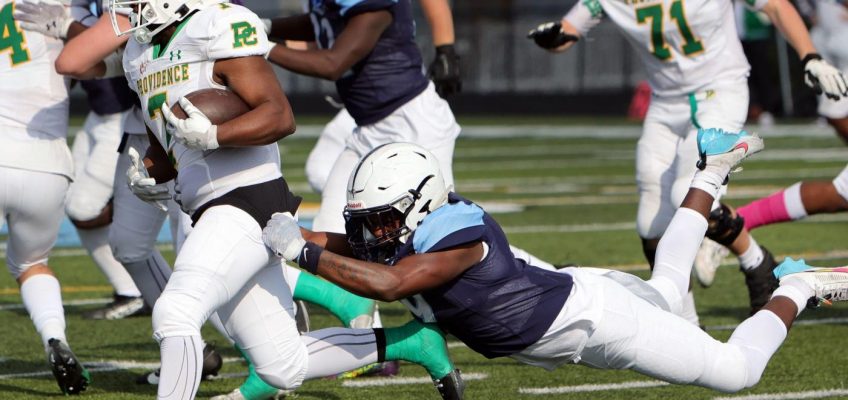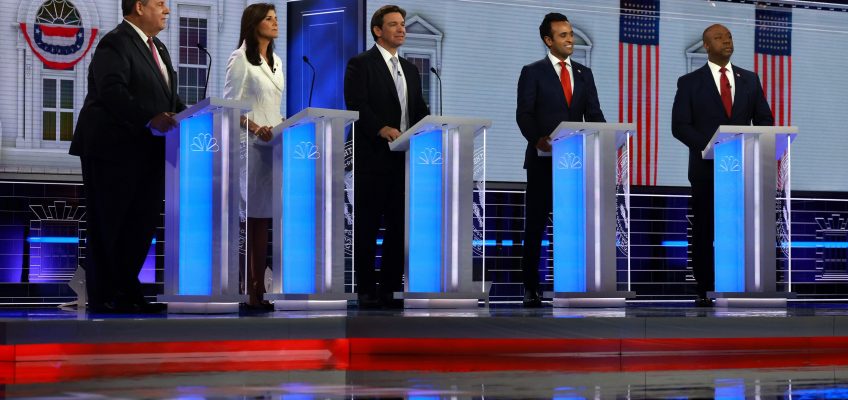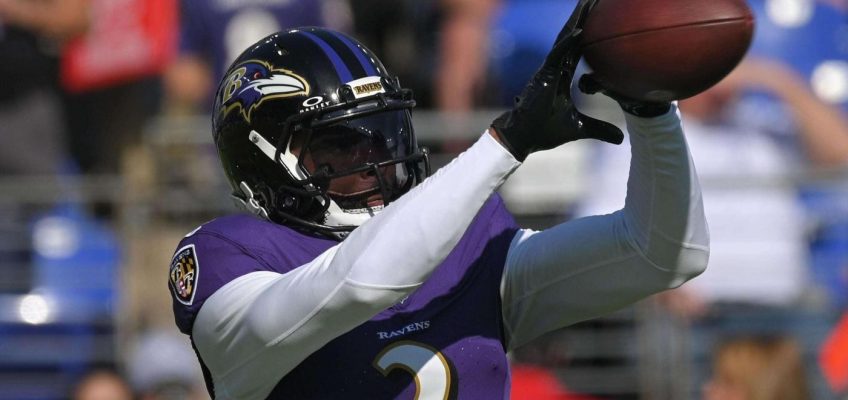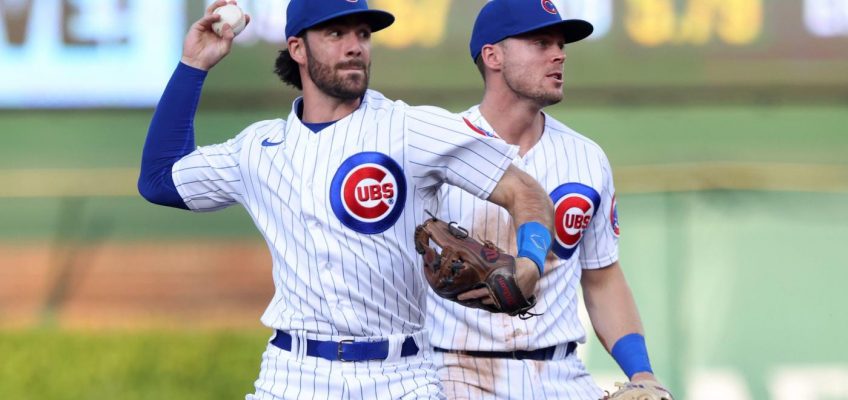Providence’s Leo Slepski said he tries to his model his game after Justin Herbert.
The sophomore quarterback has followed Herbert’s career from when he was a star at Oregon to being a standout behind center in the NFL with the Los Angeles Chargers.
Slepski likes what he sees, on and off the field.
“I’ve been watching him ever since college,” Slepski said of Herbert. “In college, he always had the grades, and he was always a great quarterback. He just had it all, which is nice.
“He’s a good leader and is a great role model to me. He can throw the ball. He’s good with his feet. He’s smart. Everything a good quarterback needs.”
The Celtics also like what they’re seeing from Slepski, who took over the reins in Week 4 of the regular season and has been trying to turn into a complete package like Herbert.
So far, Slepski is progressing quite well. He completed 7 of 8 passes for 208 yards and three touchdowns in Saturday’s 42-12 win over Hillcrest in a Class 5A second-round game.
Providence (7-4) finally hosts its first playoff game at 3 p.m. Saturday against Highland (10-1) in the quarterfinals.
It’s true that two of Slepski’s three TDs Saturday were short passes, with receivers Xavier Coleman and Seth Cheney doing the heavy lifting on gains of 62 and 71 yards, respectively.
But it’s also true Slepski can thread the needle, connecting for a perfect 20-yard TD to Mitch Voltz on a fade right after the same play from the 15 was called back by a penalty.
“He’s getting there,” Providence coach Tyler Plantz said of Slepski. “He had a few weeks of growing pains up to this point, but he’s done a good job of taking on all the pressure of playing in the state playoffs.
“He’s done a good job in the pocket. He’s communicating the plays. I’m real proud of the way he is playing.”
Voltz appreciated Slepski’s ability to put the ball at an ideal spot — over his shoulder — two plays in a row.
“He makes great decisions and puts the ball where it needs to be,” Voltz said of Slepski. “And he makes great reads on the running side.”
Slepski confirmed there’s pressure and nerves being a young starting quarterback for a team with Providence’s winning tradition.
“It’s a lot of pressure, but it’s good pressure,” Slepski said “It’s nothing that I can’t handle. I could be nervous all day at school or when I get on the bus, but once I’m on the field, I’m just locked in and ready to go.”
He also credited his offensive line of Chris Piazza, Koda Miller, James Barry, Bryce Tencza and Matt Hough for giving him time to throw the ball.
For the second straight year, Providence took a 5-4 record into the playoffs. Last season, the Celtics were in Class 4A and made the state championship game before losing 44-20 to Springfield Sacred Heart-Griffin.
This time, they are in 5A, but that storyline is set up to repeat itself. Scoring a season-high 42 points against Hillcrest — all in the first half — has given Providence plenty of confidence.
Slepski, who played on the freshman and sophomore teams last year, also was on the scout team for the varsity, so he did get a flavor for how the 2022 season played out.
“It’s pretty familiar,” Slepski said. “But this year, we want more. We want to finish it.
“We’re ready to go. We have everything clicking, and now we have to keep going.”
Jeff Vorva is a freelance reporter for the Daily Southtown.
()




